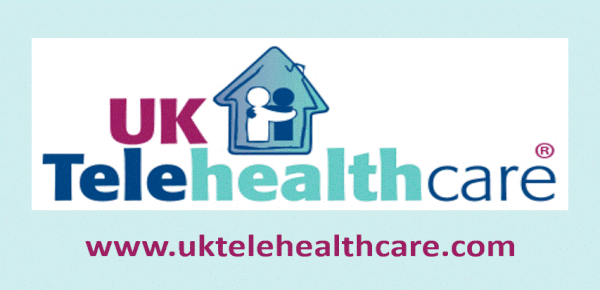TTA has an open invitation to industry leaders to provide a personal perspective on issues of importance to readers. This week, Charlotte Rathbone, Product Account Manager for CareUnity Digital, Chubb, examines the ongoing transformation of the UK telecommunications industry and how the shift to digital technology will affect telecare provision.
Interested contributors should contact Editor Donna. (Pictures and graphs/infographics are welcome)
According to the Technology Services Association (TSA), the representative body for technology-enabled care, more than 1.8 million vulnerable people* rely on telecare in the UK. In most cases, telecare consists of a care alarm in a person’s home, which when triggered by pressing a button or an automated sensor, sends data via the Public Switched Telephone Network (PSTN) to a monitoring centre, where an operator will give advice or seek help.
The UK telecommunications industry however is undergoing rapid change. By 2025* all analogue telephone services across the UK will be switched off as infrastructure is upgraded to digital connectivity. This approaching switch highlights the need for dedicated digital telecare solutions.
So how will this affect telecare services in the UK?
As early as 2023*, British Telecom (BT) customers may not be able to buy an analogue phone line. Instead, BT will move its customers to a digital Internet Protocol network in readiness for the shutdown of traditional telephone lines in 2025. It’s then that we’ll see the PSTN and all Integrated Services Digital Network lines switched off. These lines are currently used by many telecare services to feed alarm data into their monitoring centres.
While the digital migration is underway, analogue telecare alarm services are reporting a rise in the number of failed alarm call attempts – with one service provider reporting a failure rate of 11.5% for the first alarm attempt*. This is concerning.
Another concern is failed care alarms through loss of power. When analogue alarms run on a digital network, they require a router to be plugged in at home. In the event of a power failure, this router will stop working, so if a vulnerable person triggered their alarm, it would duly fail.
It’s little surprise that telecommunication providers and Ofcom are all recommending a shift away from traditional analogue devices to digital devices to ensure consistency of access to care*. Some countries including Sweden are ahead of the curve when it comes to switching to digital. More than 95% of Swedish digital alarm installations now use mobile network connections*. There is some way to go in the UK.
Currently, there are approximately 1.6 million analogue telecare devices** across the UK that need to be changed to digital-dispersed alarm units so it’s going to be a gradual process. There are, however, benefits for telecare service providers that make the change sooner rather than later.
 Why switch now?
Why switch now?
As we approach the switchover date, the time to replace analogue units in the field reduces. This will likely result in significant resource pressures for customers to complete the transition; by switching early, this can be completely avoided.
References
*TSA, 10 Facts about Analogue to Digital: How it will affect telecare. ** TSA survey of service provider members, May 2021.
Hat tip to Kathryn Ranger of PRG Marketing Communications
 TEC Cymru, Wales’ national platform to use, scale up, and spread technology-enabled healthcare across health and care, has launched its new Telecare Programme Strategy to guide digital migration changes over the next 18 months for the December 2025 digital telecom deadline.
TEC Cymru, Wales’ national platform to use, scale up, and spread technology-enabled healthcare across health and care, has launched its new Telecare Programme Strategy to guide digital migration changes over the next 18 months for the December 2025 digital telecom deadline. 







Most Recent Comments